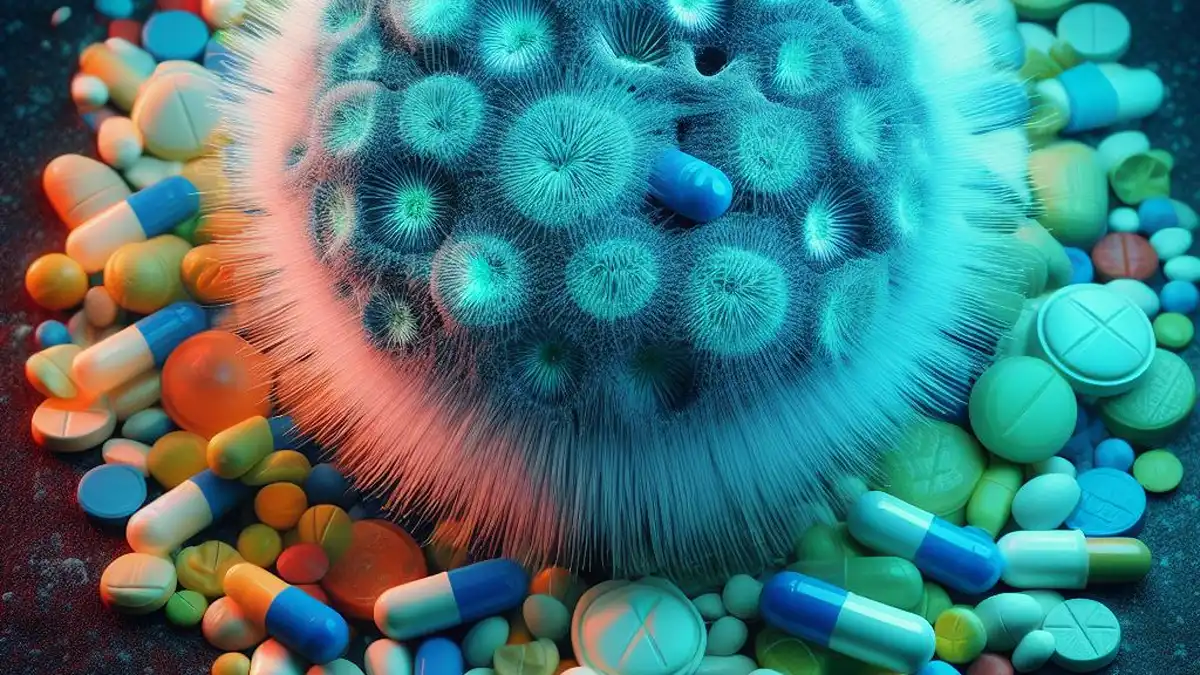Antibiotics Discovery Timeline is a long journey of antibiotic discovery. Antimicrobial drugs or antibiotics are important for treatment of deadly bacterial infections which caused catastrophic pandemics in history of human civilizations and left the scars on human history. After, facing deadly pandemics throughout history scientists discovered that the cause of deadly pandemics were microorganisms they called bacteria which opened the new era of drug discovery against bacterial infections. In this article we will discuss timeline of antibiotic history briefly
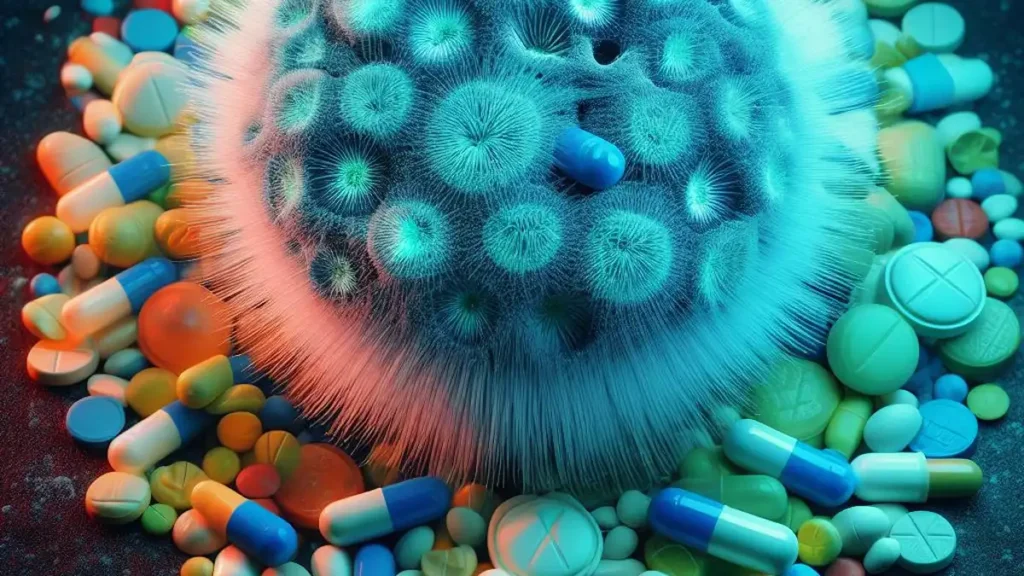
The word ‘antibiotics‘ was first used by Selman Waksman, the Ukrainian-American inventor and microbiologist, who discovered over 20 antimicrobial drugs or antibiotics.
- 2000 years ago: eat this plant
- 300 years ago: drink this potion
- 1941: that potion is poison – take this penicillin
- 1947: Oops! The germs became resistant – take this streptomycin
- 1948: Oops! The germs became resistant again- take this new drug
- 6+ years and 40+ Oops later: eat this plant…
Ancient Era Antimicrobial Drugs in (Until 20th century)
Although until last century, causative agent of many diseases were not known but different drugs to treat diseases were in use, in the form of plant extract, for millennia to treat illness. The Eber’s papyrus from 1550 BC is the oldest medical document preserved which indicates use of moldy bread and medicinal soil as remedy. Serbian, Chinese, Greece and Egypt civilizations used moldy bread as treatment option of open wounds more than 2000 years ago. Until 20th century, pneumonia and diarrhoea were considered the number one cause of human death.
Antibiotics Discovery Timeline: 1893
In 1893 Bartolomeo Gofio, the Italian physician and microbiologist, discovered Mycophenolic acid, first antibiotic discovered from Penicillium glaucum (P. brevicompactum) in the form of crystalline solid while studying pellagra. It was rediscovered in 1913 in the United States. Earlier it was considered to inhibits the growth of Bacillus anthracis later it was found that it also possess antiviral, antifungal, antitumor and anti-psoriasis properties. Food and Drug Administration approved this drug as an immunosuppressant to prevent transplant rejection but not as an antibacterial drug.
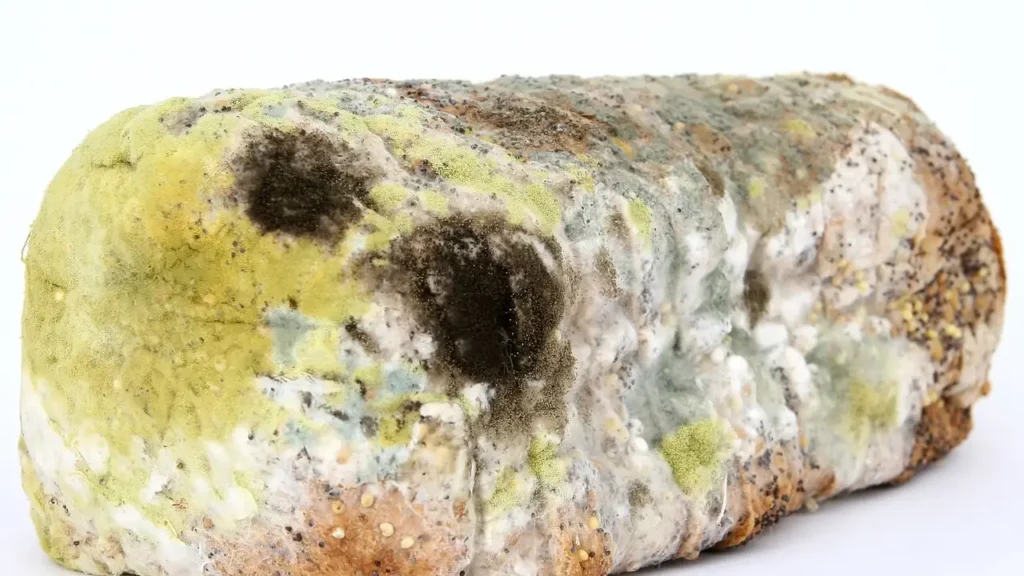
Antibiotics Discovery Timeline: Arsphenamine (Salvarsan) in 1910
In early 20th century, the first man-made antimicrobial drugs, arsphenamine (Salvarsan) was synthesized by the chemist Alfred Bertheim in Paul Ehrlich ‘s laboratory which was approved in 1910 for the treatment of syphilis, a disease caused by bacterium Treponema pallidum. It was used for treatment of syphilis for 40 years later on new versions also discovered including, Neosalvarsan and Solu-Salvarsan.
Antibiotics Discovery Timeline: Sulfamidochrysoidin (4, Prontosil) in 1930’s
Sulfamidochrysoidin (4, Prontosil) was synthesized by Fritz Mietzsch and Josef Klarer at Bayer as a dye and recognized as an antibacterial agent Gerhard Domagk and he won a Nobel Prize in Physiology or Medicine in 1939 due to this remarkable discovery.
Later on, Jacques and Thérèse Tréfouël, Federico Nitti, and Daniel Bovet at the Pasteur Institute identified that sulfamidochrysoidin acts as a prodrug by releasing p-aminophenylsulfonamide in vivo through reductive cleavage of the diazo linkage and it is the active antimicrobial drugs therefore molecular entity and compounds were not patentable. In 1930s and 1940s era, these advancements led to a surge of activities in Europe and the USA which resulted in the discovery of several new and patentable antimicrobial drugs or antibiotics.
Antibiotics Discovery Timeline: Penicillin in 1945 ‘the wonder drug’
Alexander Fleming, a Scottish bacteriologist at St Mary’s Hospital, in September 1928 discovered the most impactful antimicrobial drugs in the history of medicine. After returning from his vacation, he found Staphylococcus aureus colony, accidently left open on his bench was contaminated with a fungus (Penicillium notatum, now P. chrysogenum).
He realized that the bacteria were lysed in close proximity to the mold and concluded that the fungus must have excreted a substance that killed the bacteria, and later on he named it “penicillin” in March 1929. The drug was used to treat various G+ve bacteria.
During the Second World War outbreak, collaborative Anglo-American penicillin project was launched to produce sufficient amounts of penicillin to treat soldiers dying due to infections in the battle fields of Europe, Africa and Asia. In 1945, penicillin became available publicly.
Later that year, Alexander Fleming, Ernst Boris Chain and Howard Walter Florey were jointly awarded the Nobel Prize in Physiology or Medicine for the discovery of most potent antimicrobial drugs in history of human called “penicillin”.
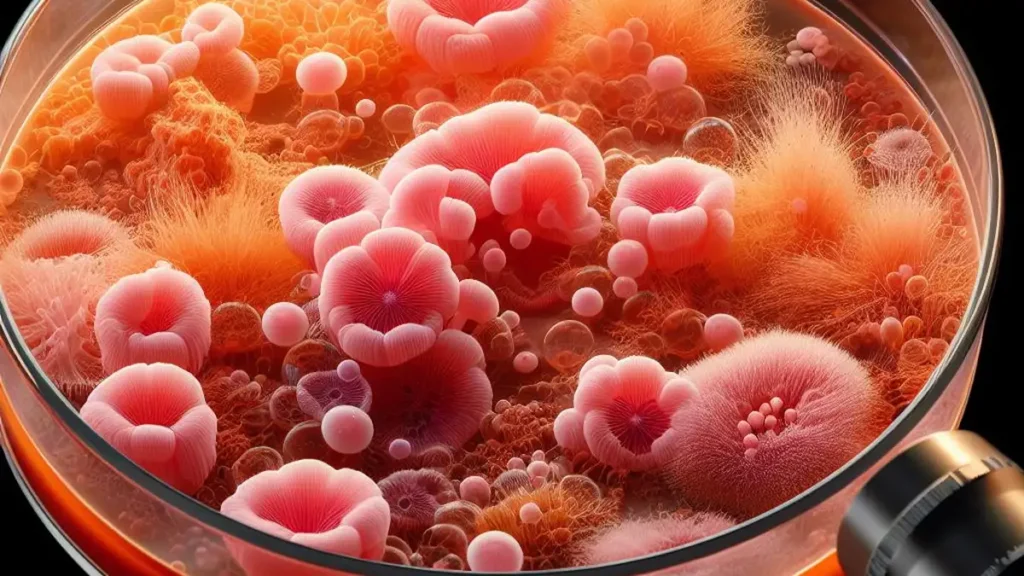
Antibiotics Discovery Timeline: Tyrothricin in 1939
French microbiologist René Dubos isolated tyrothricin in 1939 from Bacillus brevis. Later on tyrocidine, gramicidin D and gramicidin S (Soviet biologist Georgyi Frantsevich Gause and Maria Brazhnikova, 1942) were discovered from Bacillus brevis.
Gramicidin S was found to be active against G+ve and some G-ve bacteria and the clinical application of gramicidin S was limited to topical infections due to its haemolytic properties.
Antibiotics Discovery Timeline: Streptomycin in 1943
In 1943 by Albert Schatz and Selman Waksman, discovered streptomycin, the first aminoglycoside antibiotic, from Actinomyces griseus (now Streptomyces griseus). Discovery of aminoglycoside was an important milestone in the history of antibiotics as it was shown that the new antibiotic was active against multiple G-ve bacteria along with G+ve bacteria and it was found that it was also active against Mycobacterium tuberculosis which was not affected by penicillin.
The drug was approved in 1946 for clinical use to treat tuberculosis infections. Discovery of streptomycin led to the Nobel Prize in Physiology or Medicine to Waksman in 1952.
Antibiotics Discovery Timeline: Cephalosporins in 1945
Cephalosporin C (a sub-class of β-lactams), the first member of the cephalosporins drug group, was discovered from Cephalosporium acremonium (now Acremonium chrysogenum) in 1945 by Giuseppe Brotsu. It was rediscovered in 1955. Cefalotin was the first clinically approved cephalosporin antimicrobial drugs or antibiotic.
Antibiotics Discovery Timeline: Tetracyclines in 1945
In 1945 Benjamin M. Duggar, an American plant physiologist, isolated tetracycline from Strep. Aureofaciens (named aureomycin due to its golden color) now known as “chlortetracycline”. It was approved in 1948 for clinical use against G –ve and G +ve bacteria as broad spectrum drug.
Afterwards, several other antimicrobial drugs or antibiotics in tetracycline family were isolated by Alexander C team at Pfizer (New York, NY, USA) like oxytetracycline (from Strep. rimosus) and tetracycline (from Strep. aureofaciens). Furthermore, many tetracycline derivatives were synthesized to overcome emerging resistance including tigecycline (approved by FDA in 2005.
Antibiotics Discovery Timeline: Chloramphenicol in 1947
John Ehrlich in 1947 discovered, chloramphenicol, a member of the phenylpropanoids, from Strep. Venezuelae. It was used as broad spectrum with remarkable success during typhus epidemic in Bolivia in 1947. Chloramphenicol is notably the first naturally occurring antimicrobial drugs or antibiotic which is produced by chemical synthesis, rather than fermentation.
Antibiotics Discovery Timeline: Azomycin (2-nitroimidazole) in 1953
Azomycin (2-nitroimidazole) was discovered in 1953 but proved too toxic for clinical use but Rhône-Poulenc in France designed and synthesized its analogs. Metronidazole among these analogs had high potency and low toxicity therefore for further development. It was approved as a clinical antibiotic 1960(France) and in 1963 in (United States). Metronidazole was effective against anaerobic bacteria such as Bacteroides, Clostridium, Helicobacter or Campylobacter.
Antibiotics Discovery Timeline: Pleuromutilin in 1951
Another inspirational antibiotic discovered in 1951 by Frederick Kavanagh from basidiomycetes Pleurotus passeckerianus (now Clitopilus passeckerianus) and Pleurotus mutilus was pleuromutilin but it was not approved clinically. Although its synthesized analog retapamulin was approved clinically by FDA in 2007.
Antibiotics Discovery Timeline: Erythromycins in 1950’s
James M. McGuire in 1952 isolated complex 14-membered macrolide structures, erythromycins A and B from Saccharopolyspora erythraea, found in a soil sample imported to the USA from the Philippines
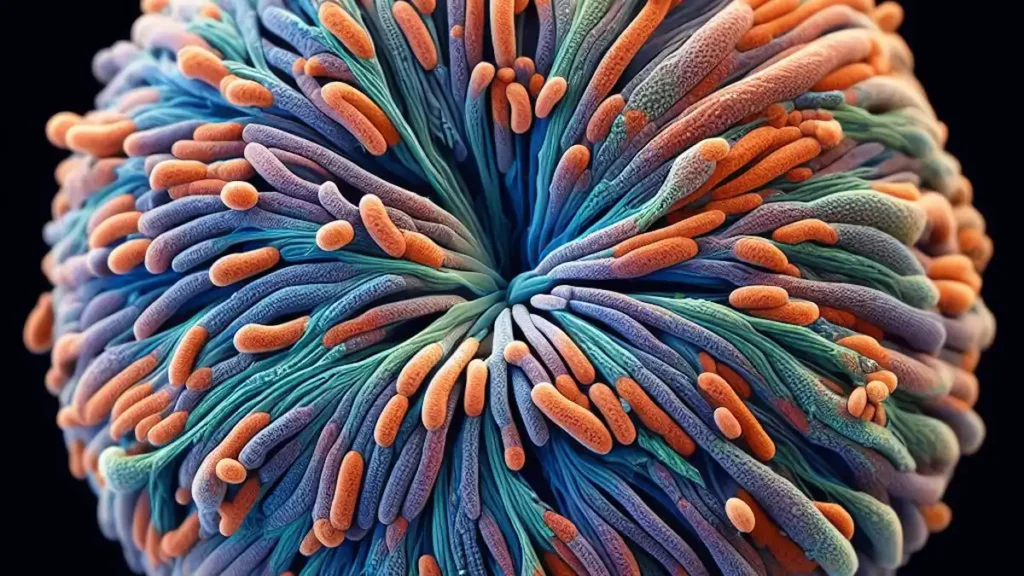
Antibiotics Discovery Timeline: Vancomycin in 1953
The first member of the class glycopeptide was isolated in 1953 from Strep. orientalis (now Amycolatopsis orientalis) which was found in a soil sample originating from Borneo. Later on drug named vancomycin due to its ability to vanish bacteria. It was very potent against G+ve bacteria significantly against penicillin-resistant Staphylococci.
Antibiotics Discovery Timeline: Streptogramin in 1953
In 1953 streptogramin was discovered from a secondary metabolite from a then unknown Streptomyces spp. (later named Strep. graminofaciens) which was a unique antimicrobial drugs group and classified a new drug family known as streptogramins which was active against G+ve bacteria
Later on it was found that streptogramin was a mixture of streptogramin A (also named pristinamycin IIA, virginiamycin M1, ostreogrycin A, mikamycin A and streptogramin B (also named pristinamycin IA, virginiamycin S1, mikamycin B, vernamycin Bα.
Antibiotics Discovery Timeline: Trimethoprim in 1962
In 1962, Trimethoprim was synthesized and showed strong antibacterial activities against both G+ve and G-ve bacteria. Later on it showed synergistic activity with sulphonamides therefore co-trimoxazole, a combination medication consisting of one part trimethoprim to five parts sulfamethoxazole, was launched in 1974.
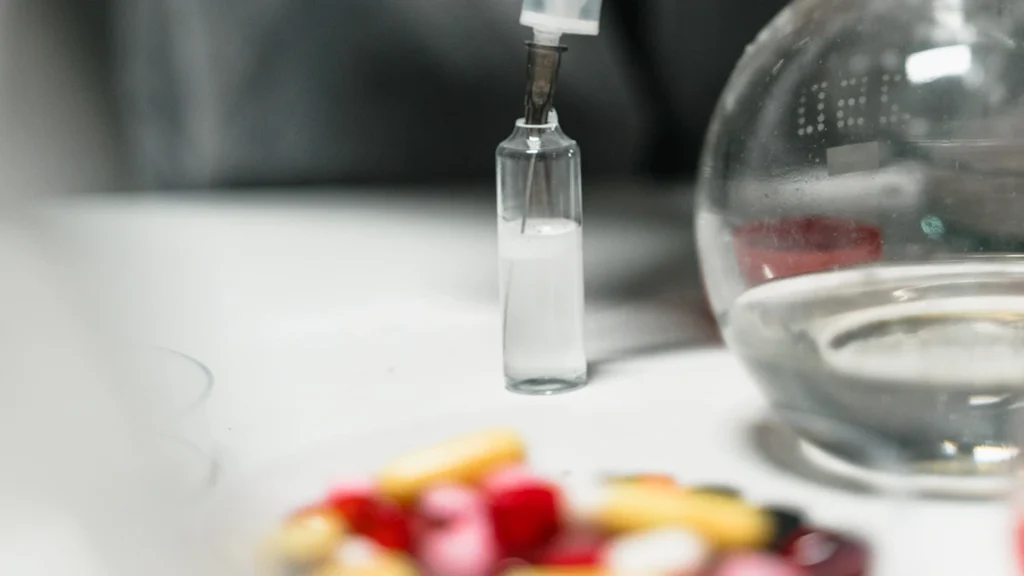
Antibiotics Discovery Timeline: Nalidixic Acid in 1962
Nalidixic acid was also synthesized in 1962 and found to be highly potent against G-ve bacteria like Escherichia coli, Proteus mirabilis and Shigella flexneri. This discovery led to emergence of quinolones, an important family of synthetic antibiotics. Nalidixic acid was launched in 1967as a clinical antibiotic but it was replaced by superior drug group, fluoroquinolones like ciprofloxacin later on.
After the discovery of quinolones in 1960s, no drug class was discovered or developed for more than two decades almost.
Antibiotics Discovery Timeline: Linezolid in 2000
In 1970, certain oxazolidinones were recognized by DuPont scientists. Upjohn pharmaceutical company discovered and developed linezolid as clinically used antimicrobial drugs or antibiotic and approved in the United States in 2000. It was active against G+ve bacteria like Streptococci and Enterococci, especially in cases where other antibiotics failed and considered as last resort antimicrobial drugs or antibiotic.
Antibiotics Discovery Timeline: Ketolide in 2001
The ketolide family of antibacterial drugs is developed semi synthetically from the erythromycin class. Roussel, French scientist, developed telithromycin from erythromycin A in 1997 which was active against G+ve bacteria. It was launched in Europe during year 2001 and in United States during year 2004. Other members of ketolide group include Azithromycin, clarithromycin, Telithromycin, Erythromycin, Oxime.
Antibiotics Discovery Timeline: Telavancin in 2009
Telavancin was derived semi synthetically from vancomycin, an abundant naturally occurring antimicrobial drugs or antibiotic belonging to the family of lipoglycopeptides. It is a bactericidal antibiotic active against G +ve bacterial, including methicillin-resistant Staph. aureus (MRSA),Telavancin was approved for clinical use in the United States in 2009.
